How 3D Printing is Revolutionizing Defense Applications
The Role of 3D Printing in Defense Manufacturing 3D printing, also known as additive manufacturing, is transforming the way defense organizations produce critical components. The Naval Undersea Warfare Center (NUWC) in Keyport, Washington, is leading the charge in leveraging this technology to enhance Department of Defense (DoD) operations. By integrating innovative manufacturing solutions, NUWC Keyport is reducing costs, accelerating production, and ensuring mission-ready equipment is available when needed. Advancements at NUWC Keyport NUWC Keyport operates the Manufacturing, Automation, Repair, and Integration Networking Area Center, which provides a dynamic environment for developing and testing 3D-printed components. According to Bryce Weber, the technology manager of the Rapid Prototyping and Fabrication Technology Division, this facility serves as a "sandbox environment" for designing mission-optimized solutions, such as specialized propellers or masts for unmanned water vehicles. By utilizing 3D printing, the team can rapidly prototype, refine, and deploy new parts to meet evolving operational demands. Real-World Applications of Additive Manufacturing The integration of 3D printing at NUWC Keyport has already yielded tangible results. The facility has successfully produced components used in naval shipyards and submarine programs, demonstrating the technology's ability to address critical repair needs. When obsolete parts pose a challenge, 3D printing allows engineers to fabricate replacements quickly, significantly reducing downtime and expediting ship repairs. Materials and Durability in Defense Applications Beyond rapid production, NUWC Keyport ensures that the materials used in 3D printing meet the rigorous demands of military applications. While non-critical components can be printed using thermoplastics, the facility also employs advanced polymer-based materials designed to withstand harsh underwater environments and the pressures of tactical operations. These high-performance materials enable the creation of durable and mission-critical parts. The Future of 3D Printing in Military Operations The versatility of 3D printing continues to expand its role within the defense sector. NUWC Keyport's engineering team embraces a forward-thinking approach, evaluating each component based on material specifications and performance requirements. Weber emphasizes that the team excels at finding "best-fit solutions," whether through additive manufacturing, traditional methods, or a hybrid approach. This adaptability ensures that defense manufacturing remains at the forefront of technological advancement. Conclusion 3D printing is revolutionizing defense applications by offering cost-effective, rapid, and innovative solutions to complex challenges. NUWC Keyport’s pioneering efforts demonstrate the vast potential of additive manufacturing in reducing maintenance time, improving operational readiness, and enhancing the longevity of military equipment...
All Blogs

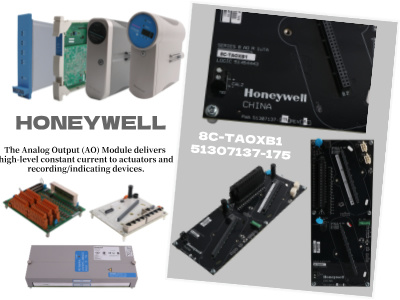
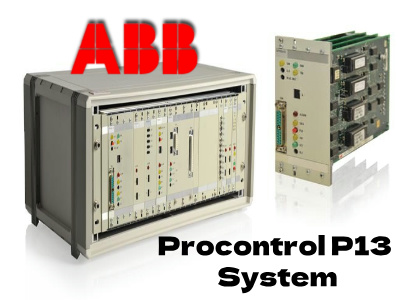

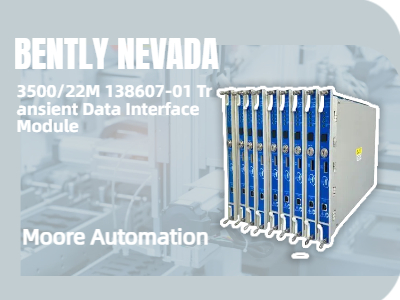

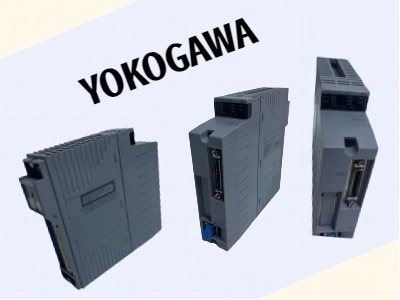
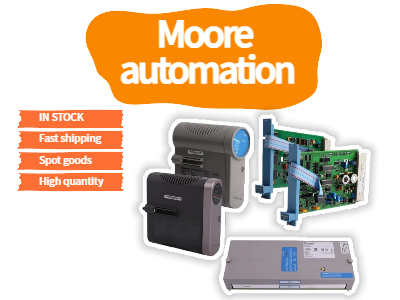
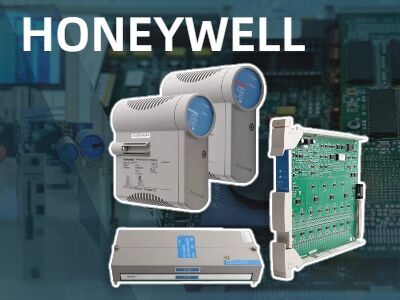
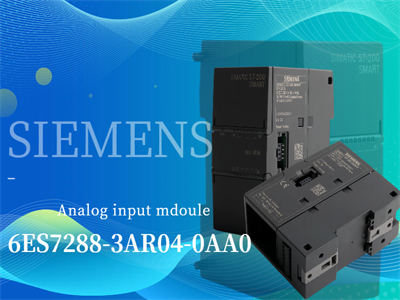
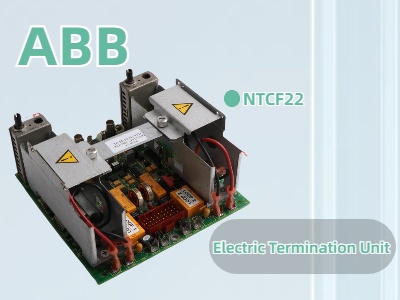
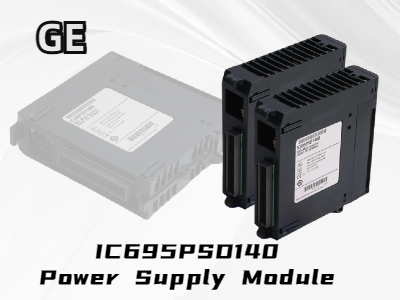

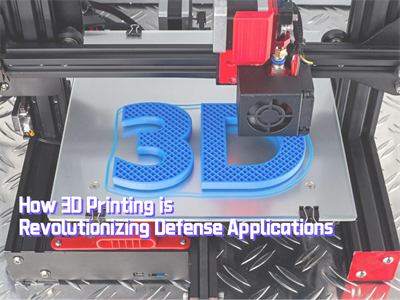
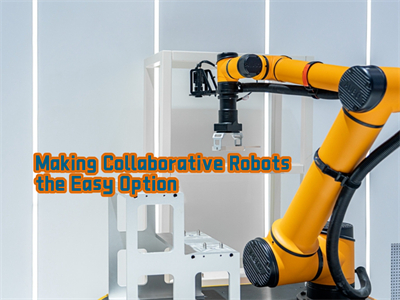










 IPv6 network supported
IPv6 network supported